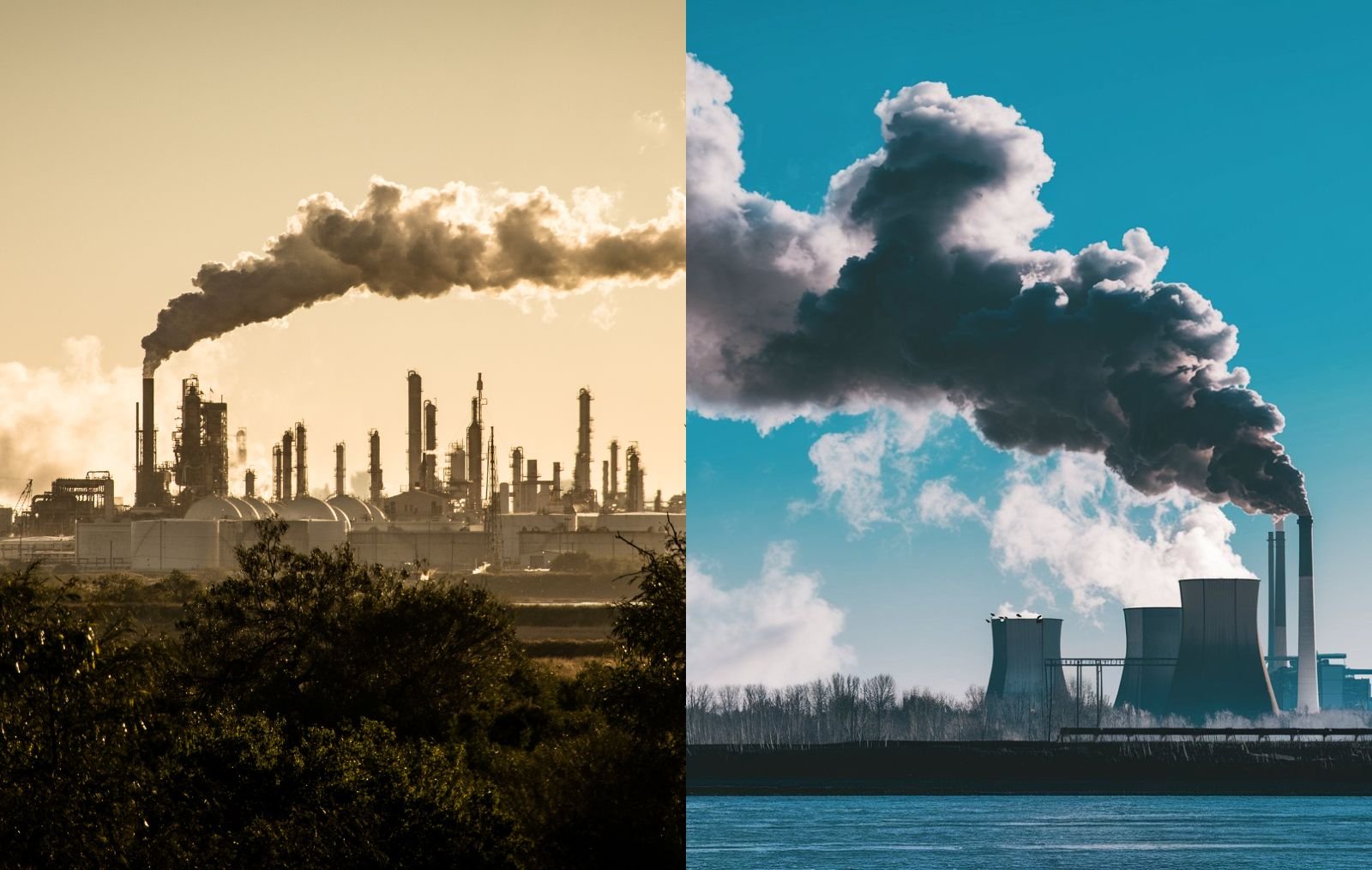
One of the significant contemporary threats facing ecosystems, economies, and communities in general are climate changes. This process mainly occurs through human practice and has drastic environmental consequences and social ones. To develop a probable solution, understanding the major causes of climate change and its consequences is required. This article keeps in view several causes for climate changes that may reflect environmental as well as negative impacts. Such wide-ranging implications from global warming are seen.
Awarding suppliers who provide high-quality, sustainable, and efficient solar components, contributing to the overall advancement of the solar industry.
Climate change refers to those variations in temperature, precipitation, and other conditions in the atmosphere that occur over a long period. As a result of human activities, human-induced climate change increases the amount of greenhouse gases in the atmosphere, thereby causing global warming. Global warming has disrupted weather patterns and ecosystems worldwide. Though some degree of climate variability is normal, the current speed and scale of climate change are largely caused by human activity such as industrialization and deforestation.
There are several things that cause global warming, but human activities account for its major causes.
Greenhouse gases like carbon dioxide (CO₂), methane (CH₄), and nitrous oxide (N₂O) absorb heat, producing the "Greenhouse Effect." Human use of fossil fuels, the agricultural sector, and industrial operations have increased GHG emissions remarkably.
Forests are crucial for capturing CO₂. However, large-scale clearing for agriculture, urbanization, and logging reduces this capacity, worsening emissions and soil degradation.
Heavy reliance on coal, oil, and natural gas since the Industrial Revolution has greatly contributed to climate change through energy production, heating, and transportation.
Livestock farming emits methane during digestion. Industrial agriculture uses fertilizers, producing nitrous oxide. Conversion of natural landscapes to farmland leads to habitat loss and carbon emissions.
Poor landfill management produces methane. Industrial waste also generates emissions, further polluting the environment.
Global warming, or the gradual increase in Earth's surface temperature, is directly caused by greenhouse gas emissions. It drives most negative climate impacts, including extreme weather, biodiversity loss, and environmental degradation.
Causes: Fossil fuel combustion, deforestation, industrialization, and waste mismanagement are
major contributors.
Effects: Melting ice caps, sea level rise, ocean acidification, extreme weather events, and
biodiversity loss affect human health, society, and the economy.
Climate change is one of the most widespread phenomena throughout the world, which mainly results from human activities. Its impacts—warming temperatures, extreme weather, and loss of biodiversity are influencing not only the natural settings but also human societies. Actions aimed at mitigating climate change start with the urgent reduction of emissions, conservation of natural habitats, and through international cooperation. Through measures of mitigation and adaptation, humanity can soften the harsh impacts of climate change to ensure a more sustainable future.